Paridhi Mathur
photographer
Capturing a moment for a lifetime.
Freezing emotions, preserving stories, sharing memories, expressing feelings, showcasing personalities, and cherishing connections, creating a timeless keepsake for generations.
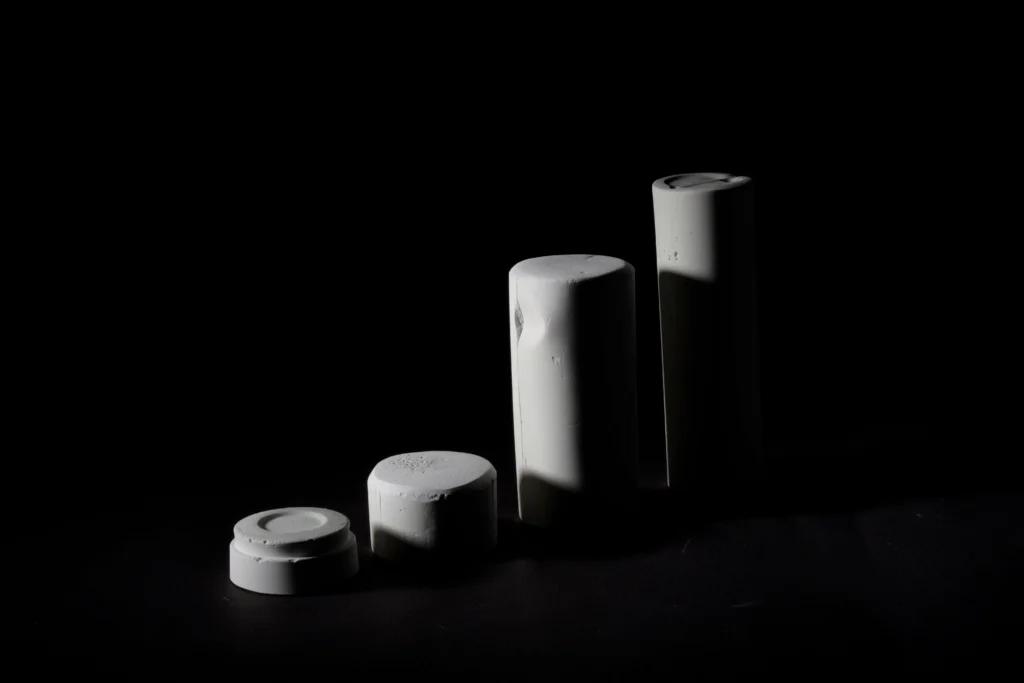
Black and white photography is timeless, elegant, and dramatic. Its minimalism reveals textures and contrasts, making everyday scenes look expressive and emotional.
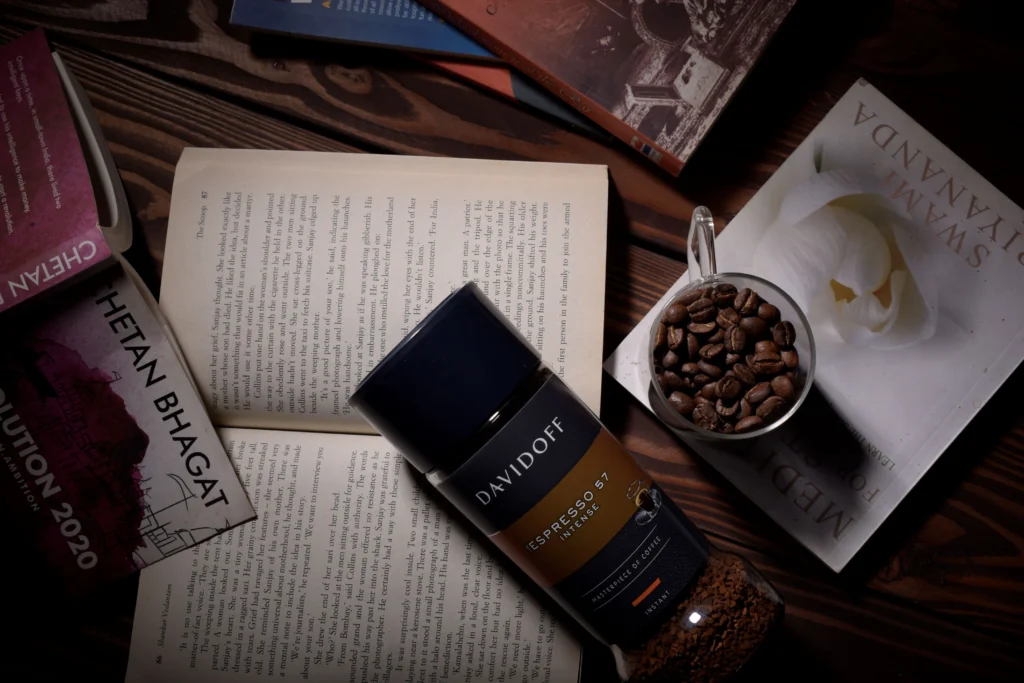
Indoor photography captures cozy, intimate moments with warm lighting and personal touches.
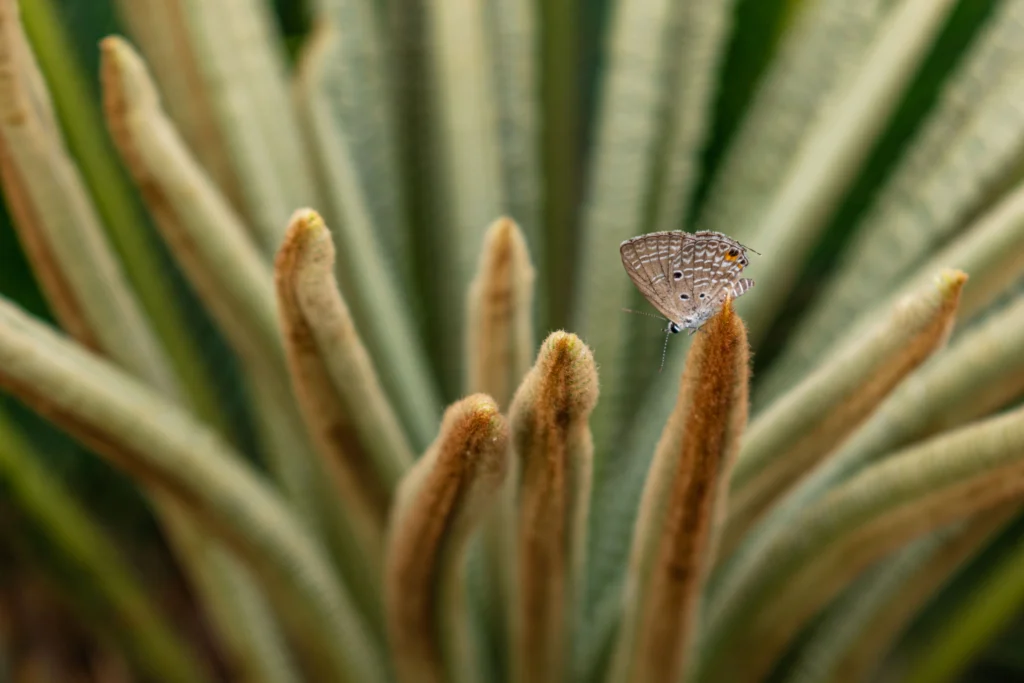
Natural photography captures authenticity, simplicity, organic elements, light, shadows, textures, and raw emotions.
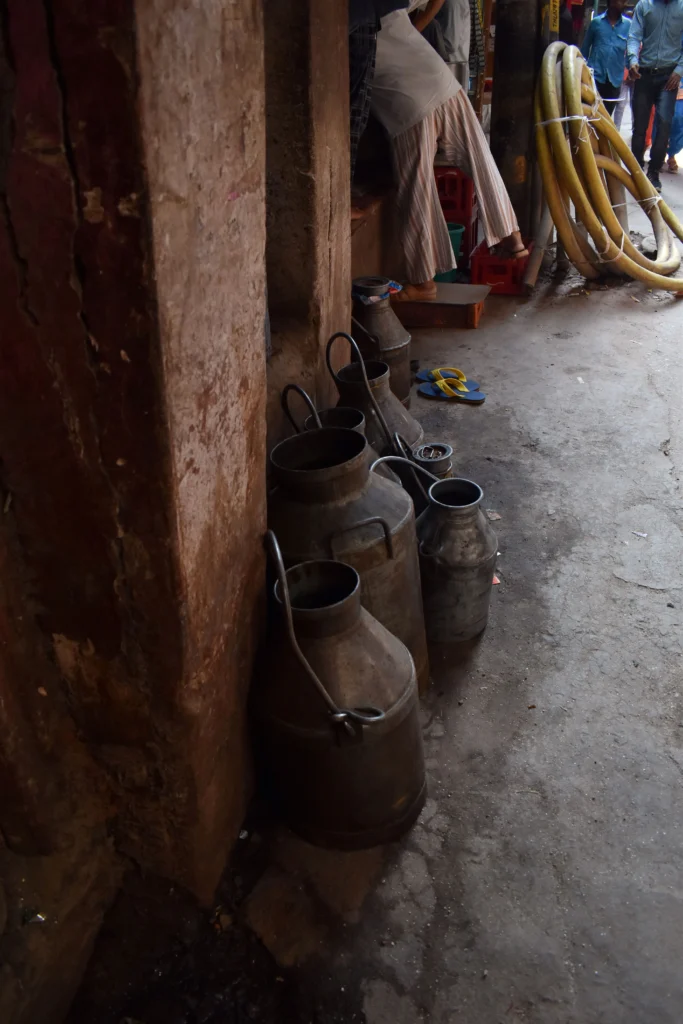
Street photography captures candid moments, raw emotions, dynamic scenes, light, shadows, and humanity.
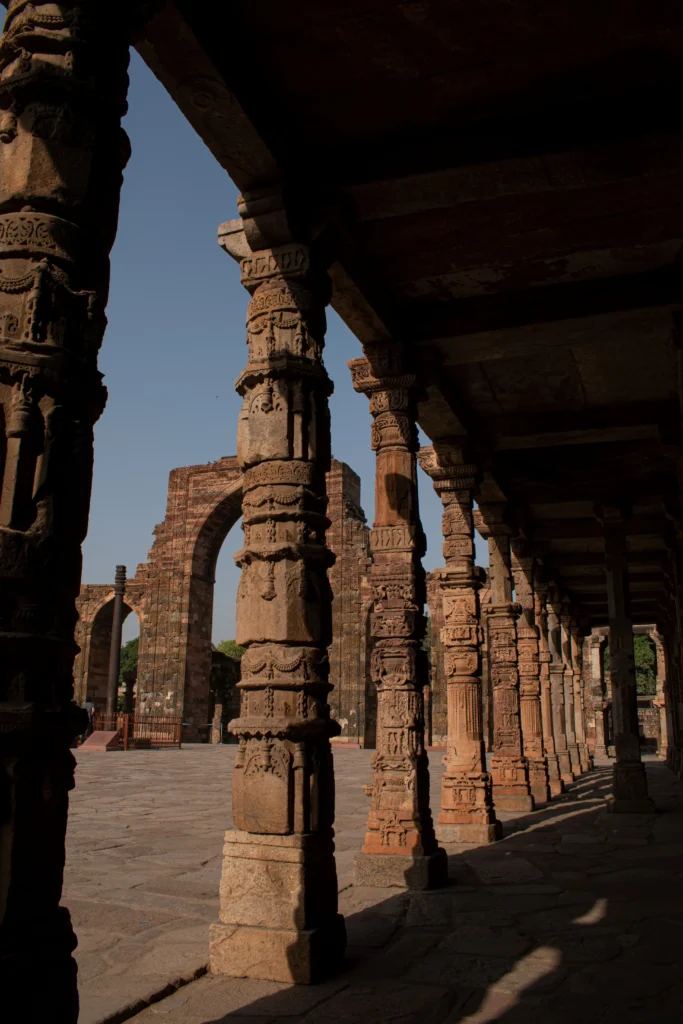
Outdoor photography captures vibrant colors, natural light, expansive landscapes, and dynamic motion.

Product photography showcases detail, texture, branding, lighting, angles, clarity, composition, perspective, style, and appeal.
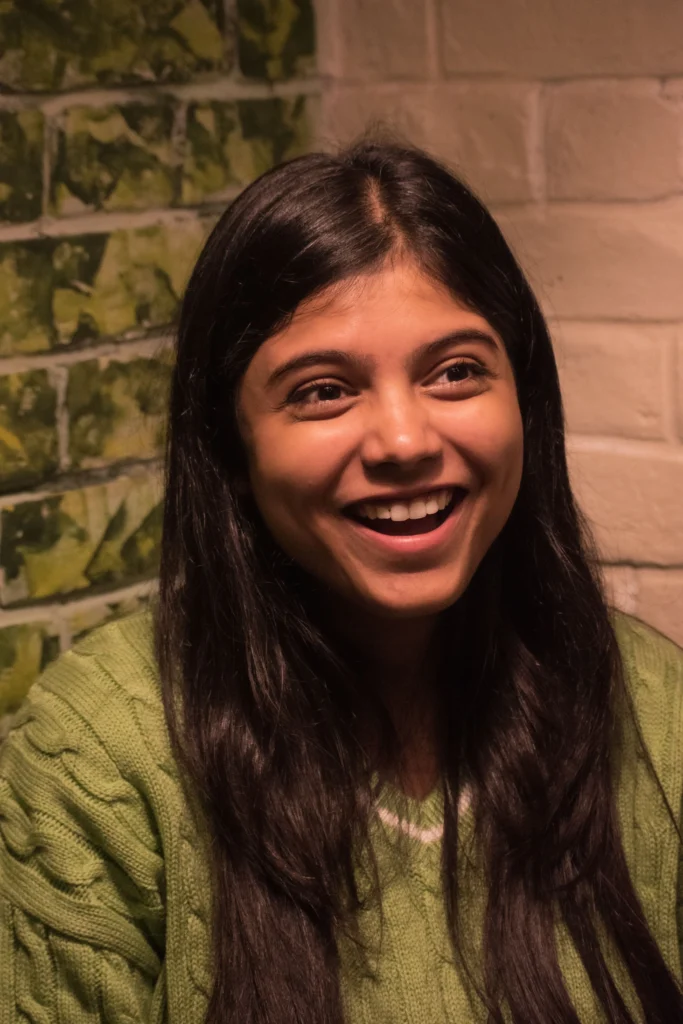
Portrait photography captures emotions, expressions, details, lighting, backgrounds, angles, personalities, styles, authenticity, and connection.
Legacy. Memory. love. Happiness
As a photographer, I see my work as a way to build a lasting legacy by capturing moments that people can cherish for a lifetime. Every photo holds a memory—small or big—that tells a story and helps us remember the feelings we had at that time. What inspires me the most is the love I find in every moment, whether it’s a smile, a hug, or a quiet scene. That love is what makes each photo special and full of meaning, connecting us to the people and places we care about.
This is the heading
This is the heading
This is the heading
Portrait Photography
Portrait photography captures the essence of a person’s identity, emotion, and story through an image.
Every portrait aims to freeze a moment that reveals the subject’s personality and inner world. It’s not just about taking a photo; it’s about connecting deeply with the person in front.
Natural light plays a crucial role in creating soft, warm, and authentic-looking portraits. Photographers love shooting during golden hour because it adds a natural glow to their subjects. However, natural light is unpredictable and requires quick adaptation to changing conditions on location.
Studio lighting, on the other hand, offers photographers complete control over their environment and scene. With softboxes, reflectors, and backdrops, photographers can shape light and shadows precisely as desired. It’s essential for commercial shoots where consistent quality is necessary across different sessions.
Choosing between natural and studio lighting depends on the desired mood and storytelling goals.
Natural light can add a sense of realism and warmth that resonates with everyday life. Studio setups are excellent for high-fashion portraits and stylized creative concepts that need precision.
Posing is another critical element in portrait photography that influences the final outcome. The way a subject stands, tilts their head, or smiles conveys a particular mood or emotion. A relaxed pose brings out a candid, authentic vibe, while a structured pose feels more formal.
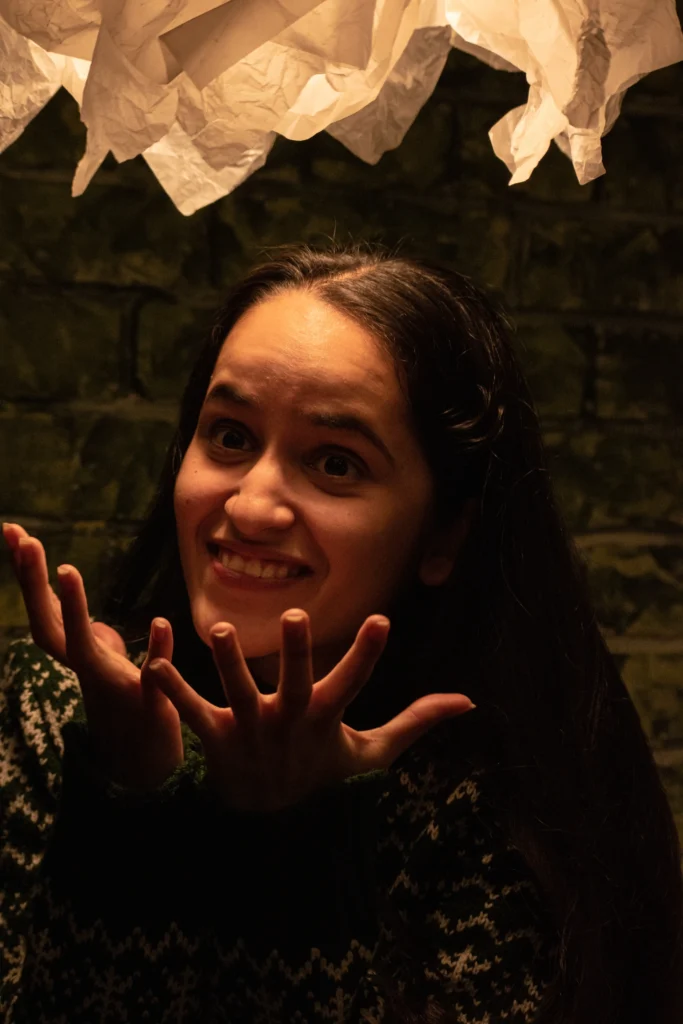

Backgrounds and props can enhance or distract from a portrait, depending on how they’re used.
A simple, uncluttered background draws attention directly to the subject and their expression.
Creative backgrounds can add context, personality, or even a story to the portrait itself.
Camera settings also play an essential role in achieving sharpness, exposure, and artistic effects.
Using a wide aperture helps blur the background and creates a beautiful bokeh behind the subject.
Shutter speed and ISO need to be adjusted carefully to avoid motion blur or excessive noise.
Post-processing is the final stage where photographers enhance their portraits using software tools.
Adjustments to exposure, contrast, and color balance help achieve the desired mood or style.
Retouching can correct minor imperfections but should never strip away a subject’s authenticity.
Connecting with the subject remains the most important aspect of capturing a great portrait.
Building rapport helps subjects relax and show their true personality in front of the camera.
A genuine smile, a soft gaze, or a thoughtful expression can make the portrait unforgettable.
In the end, portrait photography is a blend of technical skill, artistic vision, and human connection.
It’s a journey that challenges photographers to grow creatively and connect with people deeply.
By mastering light, posing, and storytelling, photographers can create portraits that truly resonate.
Outdoor Photography
Outdoor photography is a wonderful way to connect with nature while expressing your creative vision. It allows you to capture landscapes, wildlife, and fleeting moments that showcase the world’s natural beauty. Lighting plays a crucial role in outdoor photography; the golden hour brings a warm, soft glow.
Early morning and late afternoon light can create stunning shadows and highlights that add depth. Composition is equally important; using leading lines or natural frames helps guide the viewer’s eye. A strong foreground element can add interest and create a sense of scale within the image.
Using the rule of thirds often leads to more balanced, visually appealing outdoor photographs. Placing key elements along grid lines or intersections can draw attention to your subject beautifully.
Filters, like a polarizer, can deepen blue skies and reduce reflections on water surfaces. Neutral density filters help achieve long exposures during bright daylight, creating smooth water or clouds.
Experimenting with different angles can reveal fresh perspectives on even the most familiar landscapes. Shooting from a low angle can emphasize textures and make your subject appear more dramatic.
A tripod is essential for sharp, stable shots, especially when using slow shutter speeds or filters. It also enables you to experiment with composition and longer exposures without risking camera shake.
Weather can be unpredictable outdoors, so always check forecasts and embrace conditions for creative shots. Clouds, mist, and even rain can add atmosphere and mood to your outdoor photography.


Proper gear is crucial; pack lenses, filters, extra batteries, and memory cards for a successful shoot. A lens cloth or blower brush helps keep your equipment clean and functioning in various conditions. Wildlife photography requires patience and respect; never disturb animals or their habitats while shooting. Using a telephoto lens allows you to capture intimate moments without getting too close or intrusive.
Always be aware of your surroundings to ensure your safety while exploring outdoor locations. Inform someone of your plans, carry water, and dress appropriately for the weather and terrain.
Editing is the final step that polishes your photos and brings out the best in each shot.Adjusting exposure, contrast, and colors can help your outdoor photos match the scene you experienced. Practice is key to mastering outdoor photography; the more you shoot, the more you learn.Each outing is a chance to refine your technique, experiment, and develop your unique style.
Sharing your photos with others can inspire them to explore and appreciate nature’s beauty too.Through outdoor photography, you can tell stories and build connections with people and places.
Outdoor photography is both a technical and artistic journey that teaches you patience and observation.So grab your camera, head outside, and start capturing the wonders that the world has to offer. With practice, passion, and curiosity, you’ll create images that celebrate the beauty of the outdoors.These moments, big and small, will remind you of the incredible experiences you’ve captured forever.
indoor photography
Indoor photography offers unique opportunities to explore creativity and experiment with lighting, composition, and perspective. Unlike outdoor shoots, indoor settings let photographers control the environment and create tailored visual stories. Mastering indoor photography requires understanding light sources, camera settings, and creative use of shadows and reflections.
One key challenge in indoor photography is dealing with limited or mixed lighting conditions. Natural light may be insufficient, and artificial lighting often casts unwanted color shifts in photos. Photographers must learn to manage different light sources and use tools to balance color temperatures.
Using soft, diffused lighting is essential for capturing flattering and evenly lit indoor images. Softboxes and LED panels are excellent choices for creating even, adjustable, and shadow-free illumination. They help reduce harsh contrasts and bring out fine details, making subjects look more natural.
Shadows can add depth and drama to indoor photographs if used creatively and intentionally. Positioning lights at different angles can cast interesting shapes and patterns on walls and surfaces. Shadows help emphasize textures and can be used to guide the viewer’s eye to key subjects.
Reflections also play a significant role in indoor photography, adding intrigue and complexity to images. Mirrors, glass, or polished surfaces can double a subject or introduce new visual layers. Experimenting with reflections allows photographers to create dynamic compositions that tell more nuanced stories.
Tripods are essential tools for indoor photography, especially in low light or when using slow shutter speeds. They stabilize the camera, ensuring crisp and clear shots without blur from hand movements. Tripods are also helpful for self-portraits or group shots where consistent framing is crucial.


Shooting in RAW format gives photographers more flexibility to adjust exposure and white balance during editing. RAW files capture a wider range of details, preserving highlights and shadows for post-processing.
This ensures higher quality images that can be fine-tuned to match the photographer’s vision.
Using color calibration tools like gray cards or color checkers improves color accuracy indoors. These tools help correct color casts from mixed lighting, ensuring consistent skin tones and true colors. Calibrating colors during editing reduces time spent on post-production and enhances overall image quality.
Indoor photography also benefits from creative use of props, furniture, and architectural elements. A well-placed object or an interesting background can add context and depth to your photos. Experimenting with different angles and compositions can reveal hidden beauty in everyday indoor spaces.
Post-processing is the final step that transforms a good indoor shot into an exceptional one. Editing software like Lightroom or Photoshop helps correct exposure, color balance, and sharpness.Careful editing enhances the mood, highlights details, and refines the final presentation of your photos.
With patience and creativity, indoor photography becomes a rewarding experience that sharpens your skills. Every room, corner, or light source presents an opportunity to capture compelling and memorable images. By mastering light, composition, and editing, photographers can create indoor photos that truly stand out.
street photography
Street photography is a fascinating art that captures fleeting moments in bustling public spaces, telling authentic stories. It demands keen observation, curiosity, and the ability to freeze a candid moment into a single frame.
Walking through crowded streets, photographers seek beauty in the mundane, transforming ordinary scenes into compelling narratives.
Every street offers a stage where people unknowingly perform small acts of daily life, raw and unfiltered. Street photography reveals subtle gestures, quiet exchanges, and unexpected interactions that often go unnoticed. The challenge is to anticipate the moment, to be both observer and participant in the urban dance.
Light and shadow become essential tools, sculpting the scene with drama, mystery, and contrast. Photographers chase reflections in windows, streaks of sunlight, and the interplay of dark alleys and bright streets. Black and white or color? Each choice shapes the mood and reveals a different story of the city.Gear matters, but not as much as being present and patient on the streets.
A compact camera or a wide-angle lens can keep you mobile and unobtrusive in the crowd. Street photographers often prefer minimal equipment, allowing them to blend in and react quickly. Courage is the silent companion of every street photographer, pushing past the fear of confrontation.
Photographing strangers can feel intimidating, but respect and empathy make all the difference. Most people don’t mind being captured if the photographer’s intent is genuine and respectful. Ethical considerations loom large—when does documenting cross into exploitation or invasion of privacy? Street photographers must navigate this delicate balance, remembering that every subject has a story to tell. It’s about capturing the essence of humanity, not objectifying it for the sake of a striking image.

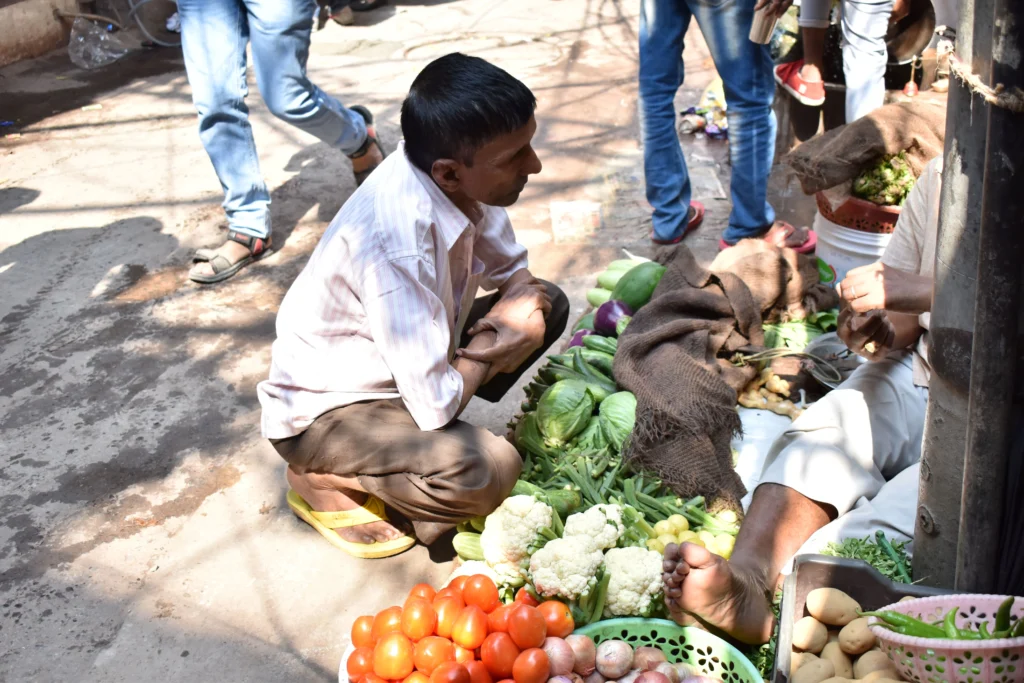
Editing is where the photographer’s vision comes alive, selecting frames that resonate with their style. A consistent approach—through color grading, contrast, or composition—helps define a personal photographic voice. Great street photography feels like an honest conversation with the world, each image a small confession.
In the end, street photography is more than capturing strangers on a sidewalk—it’s about empathy. It’s about understanding the rhythm of the city and celebrating the ordinary moments that shape our lives. It’s about discovering yourself in the reflections of others, one frame at a time.With every click, street photographers remind us that life is a series of fleeting, beautiful moments.
Through patience, practice, and a willingness to see the world differently, anyone can begin the journey.So pick up your camera, step into the street, and let your curiosity guide you to the stories waiting to be told.

